What Symbols Represent Los Caminos de Obatalá?
Los Caminos de Obatalá is a fascinating aspect of the Yoruba religion, rich with symbolism and meaning. Each path reflects unique qualities and attributes associated with Obatalá, the Orisha of wisdom, peace, and purity. In this blog post, we’ll explore the symbols that represent these sacred paths and help you understand their significance.
Understanding Obatalá and His Paths
Obatalá is a revered Orisha in Yoruba culture, known for his wisdom and role as a creator. The Caminos, or paths, represent different aspects and manifestations of Obatalá’s character, giving each one a unique set of attributes and teachings.
Among these paths, some are intimately connected with significant cultural artifacts, like the Sopera Obatala, the white porcelain tureen which symbolizes purity and is used in various rituals to honor Obatalá.
These paths are more than just spiritual expressions; they are a guide for followers to find peace, wisdom, and balance in their lives, reflecting the Orisha’s mission to bring clarity and understanding.
Significance of Symbols in Yoruba Religion
Symbols in the Yoruba religion convey spiritual messages and teachings. In understanding Los Caminos de Obatalá, these symbols play a crucial role in revealing the Orisha’s essence, offering insights into his virtues and powers.
The Abracamundo Stick is one such symbol. Known for its protective and cleansing properties, it represents strength and spiritual empowerment, a perfect accompaniment to the teachings of Obatalá.
Through ritualistic items and symbols, practitioners gain a deeper connection to the sacred texts and divine guidance within the Yoruba spiritual realm.
Exploring Specific Symbols of the Caminos
Each path of Obatalá is represented by unique symbols that speak to its qualities. These symbols include the white dove symbolizing peace, the black and white beads indicating balance, and silver accessories reflecting spiritual illumination.
Another key symbol is the white clothing worn by practitioners, signifying purity and peace, serving as a constant reminder of Obatalá’s calming and wise nature.
The emphasis on purity and clarity in symbols like the Sopera Obatala reveals how physical items can embody spiritual ideals and serve as tools for meditation and offering, deeply connecting believers to the Orisha.
The Role of White in Obatalá’s Paths
White is a significant color symbolizing purity and peace, often associated with Obatalá. It appears prominently in the symbols and attire linked to his paths, underscoring his connection to the divine light and virtuous leadership.
The use of white in items like the Sopera Obatala serves as a sacred vessel for ceremonies, reflecting Obatalá’s benevolent nature and unwavering commitment to fostering tranquility and harmony.
In ceremonies, the white cloth often draped around altar spaces reinforces the spiritual purity and protective presence of Obatalá, encouraging adherence to his peaceful ways.
Connecting with the Symbols’ Spiritual Meaning
Understanding the spiritual messages behind Obatalá’s symbols can enhance personal growth and spiritual understanding. This connection helps adherents embody the Orisha’s teachings and fully embrace his virtues in everyday life.
Rituals using items like the Abracamundo Stick facilitate this connection, offering physical representations of spiritual intent and enabling practitioners to channel Obatalá’s guidance and protection effectively.
Through meditations and ceremonial use, these symbols encourage individuals to strive for wisdom, balance, and peace—core tenets of Obatalá’s teachings.
Embracing the Wisdom of Los Caminos de Obatalá
Understanding the symbols of Los Caminos de Obatalá offers a deeper insight into the rich tapestry of Yoruba beliefs. Each path’s symbols not only represent distinct aspects of Obatalá but also invite us to connect with the values of wisdom, peace, and harmony. As you continue your exploration, may these symbols guide you on your spiritual journey. For more culturally enriched products, visit our homepage.




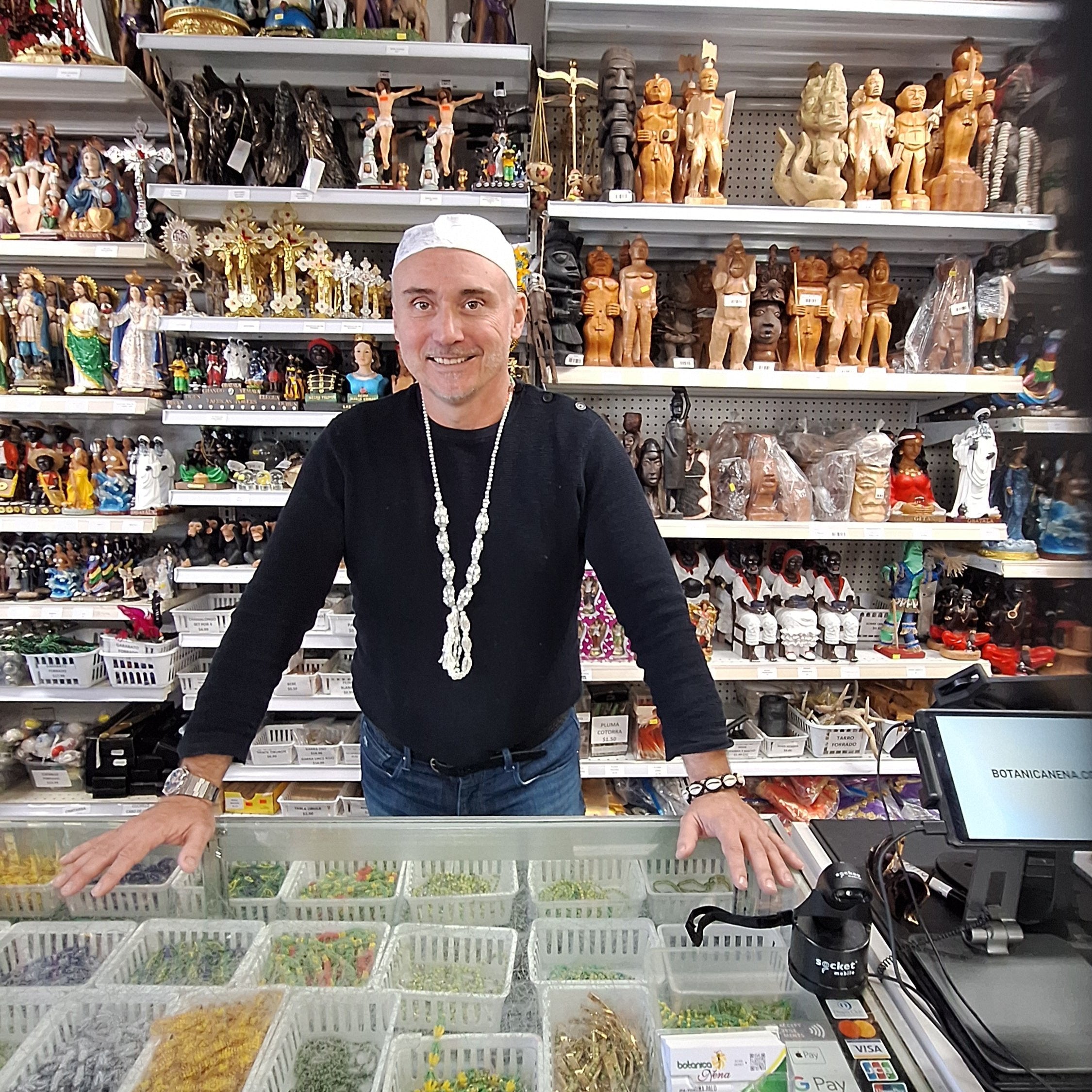



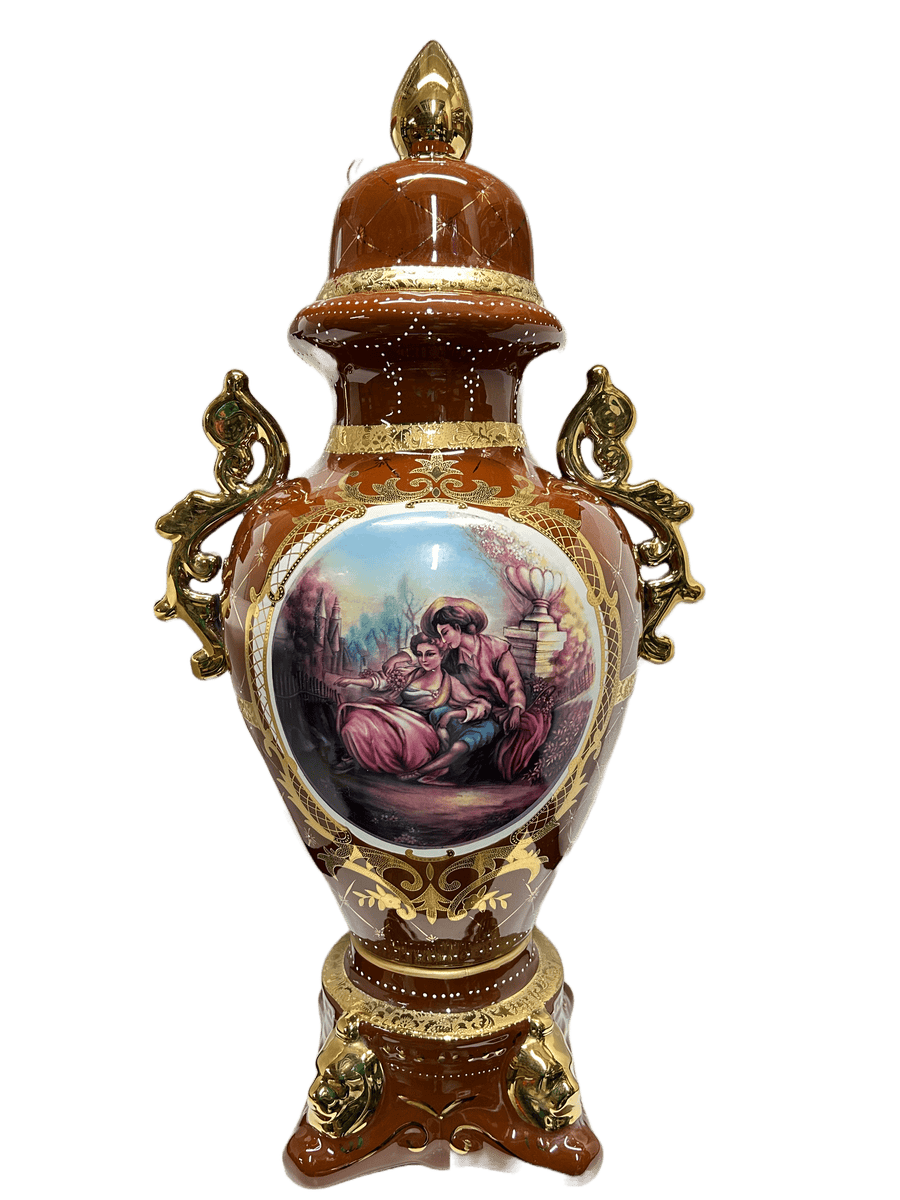
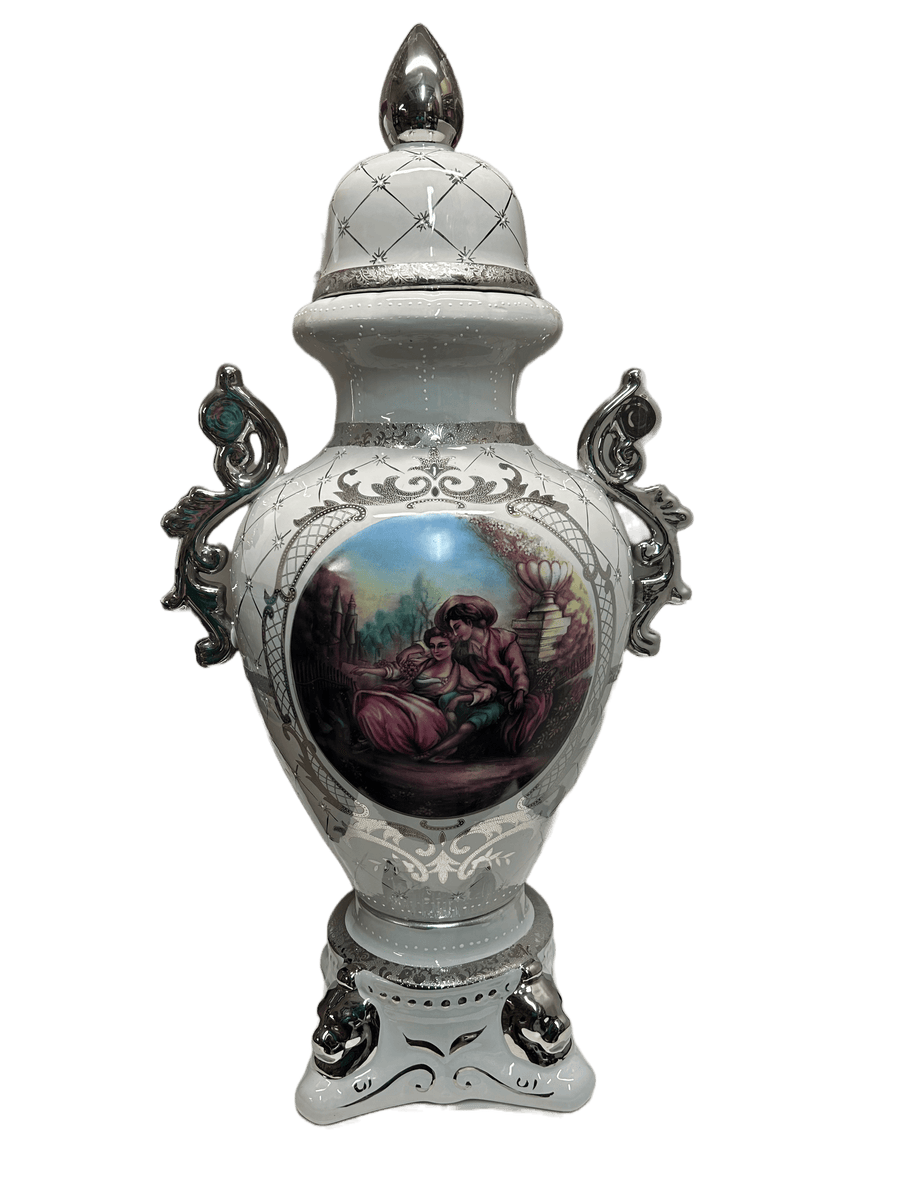
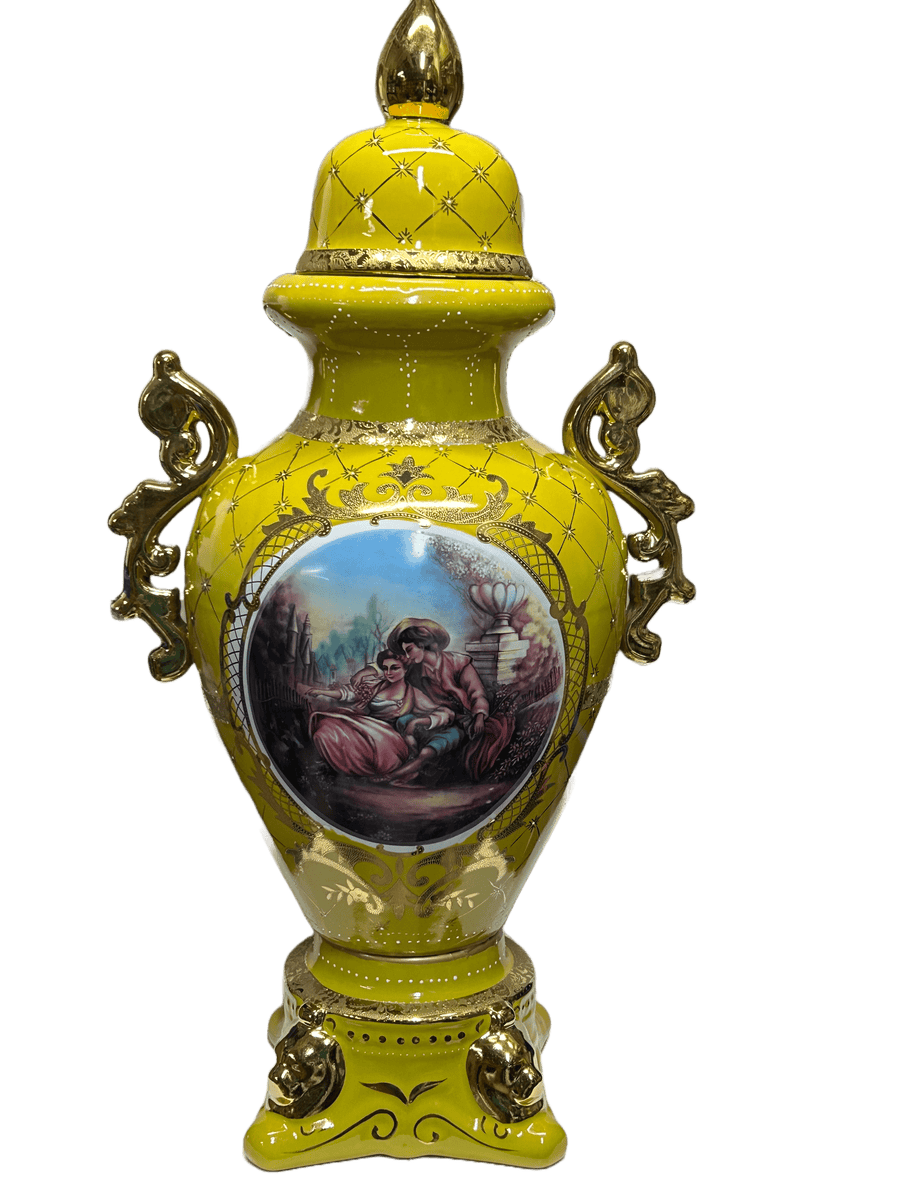

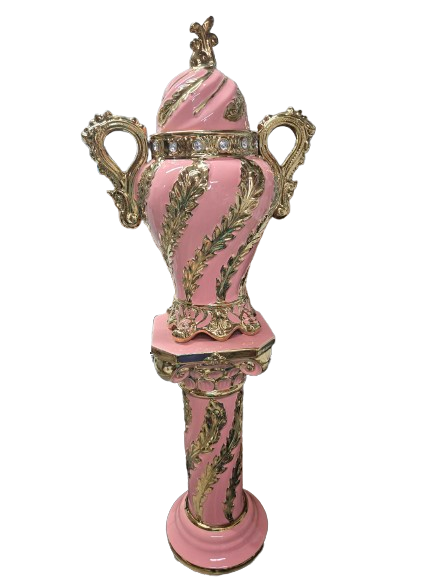

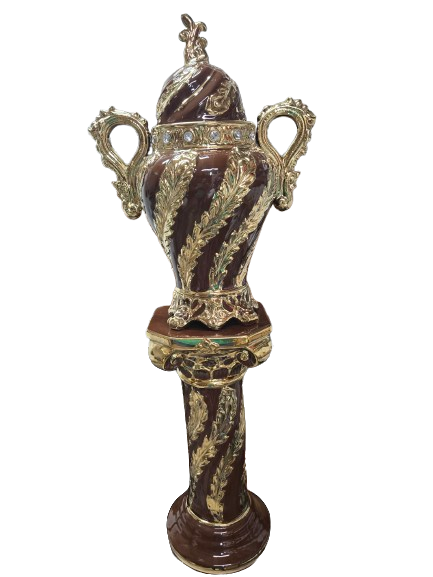
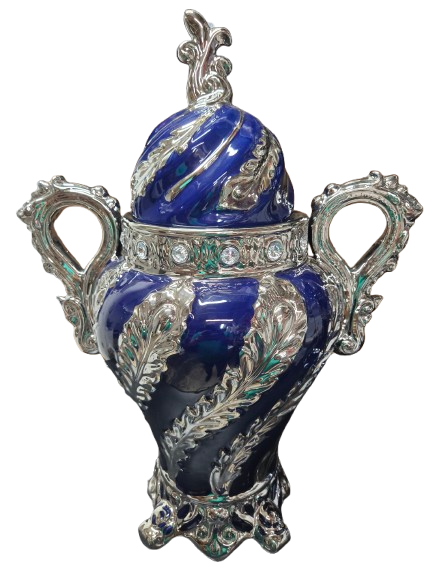
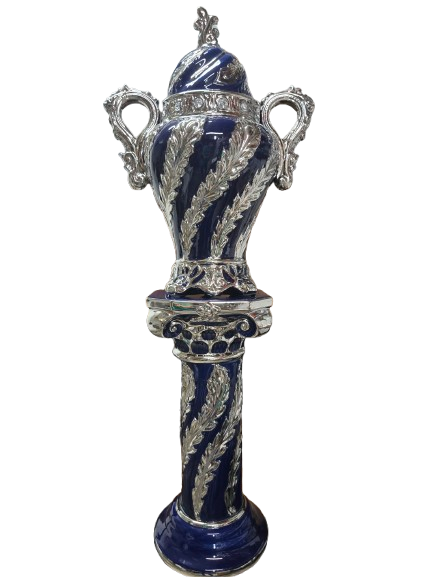

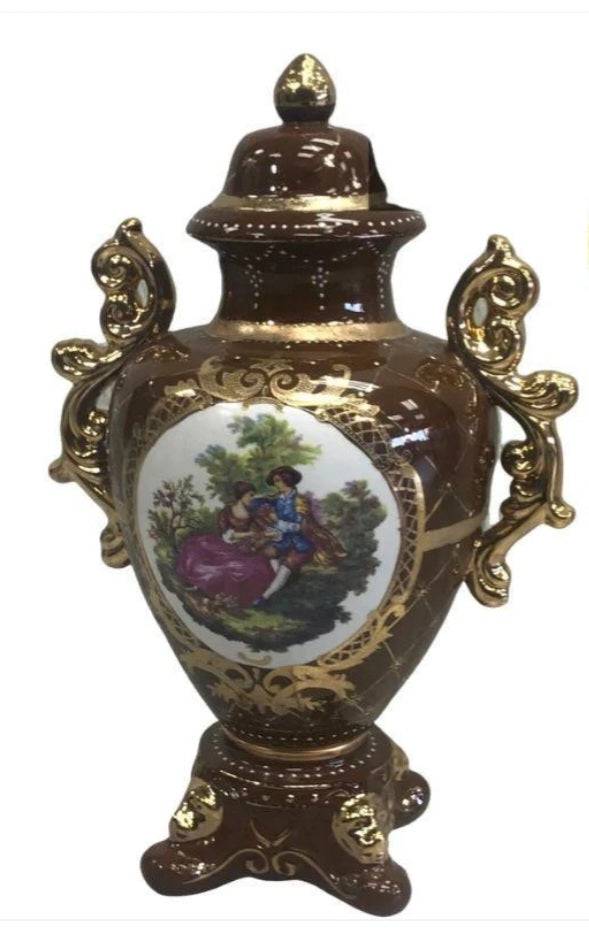
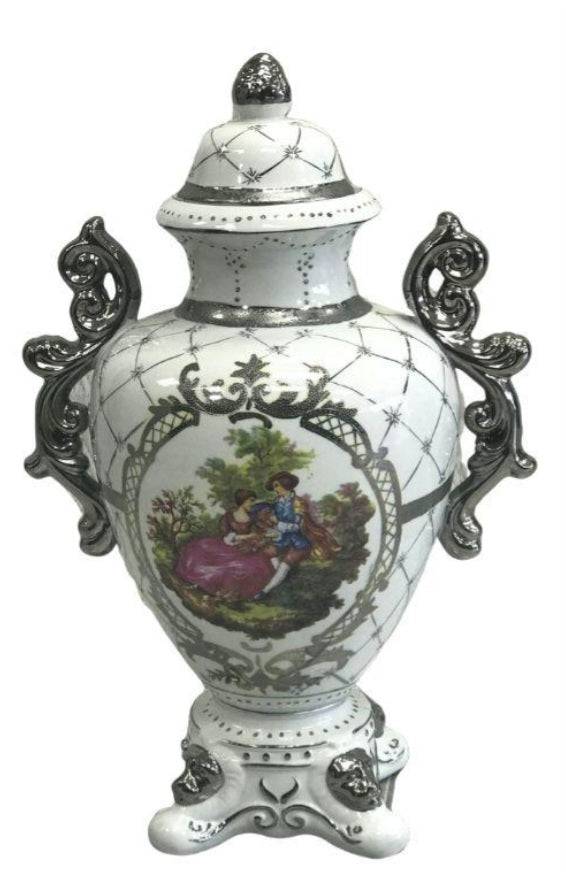



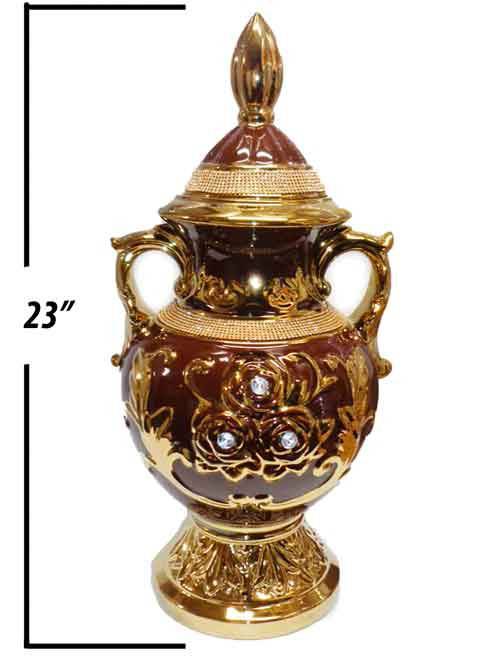


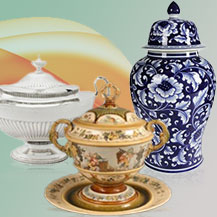
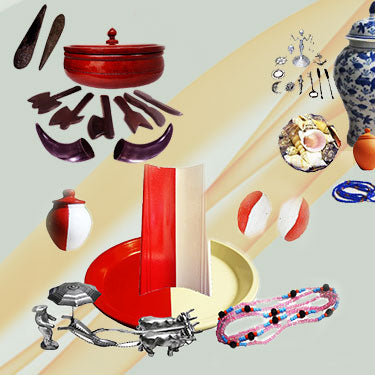
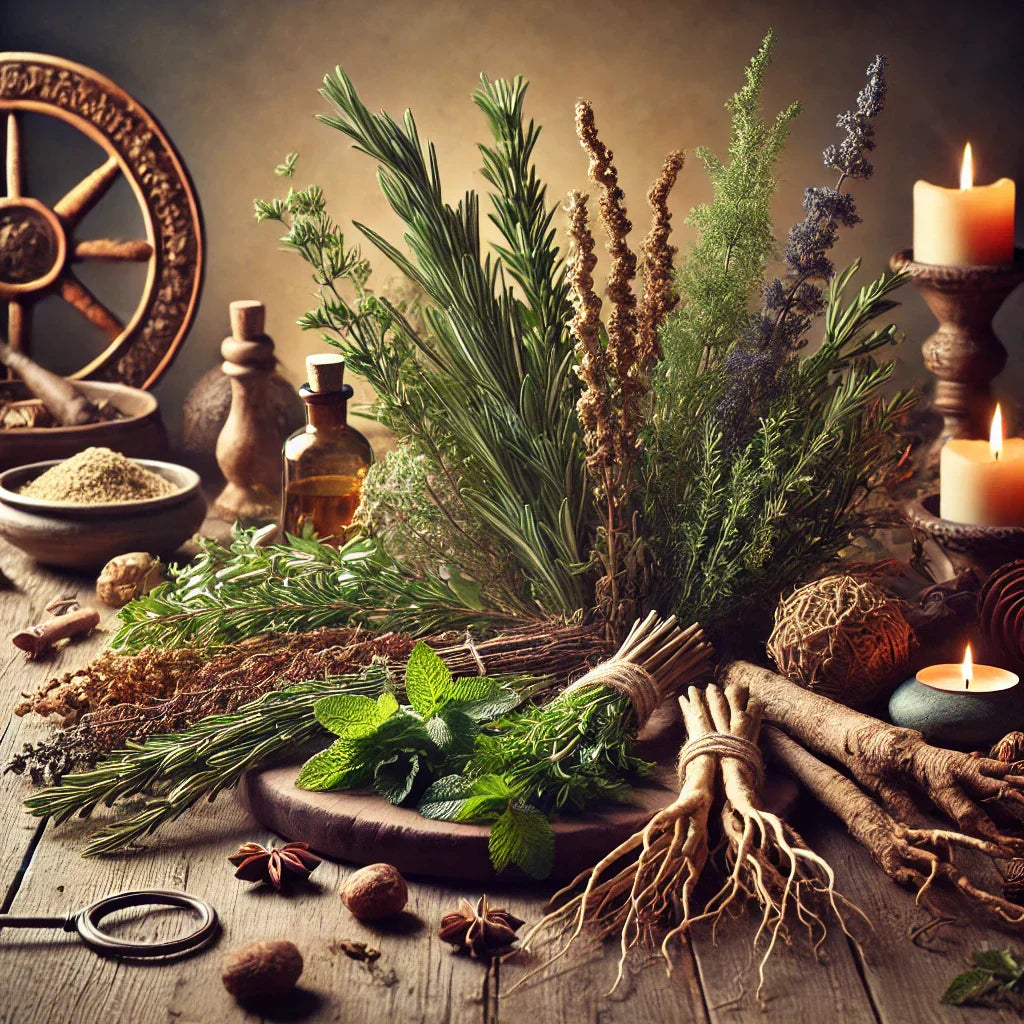

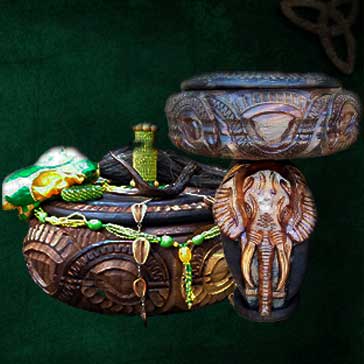


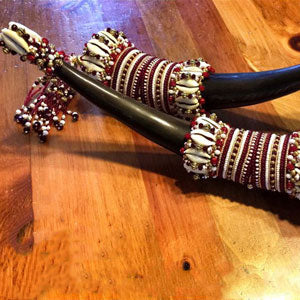

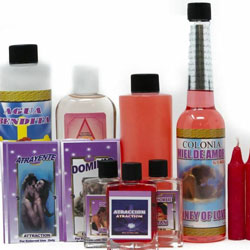
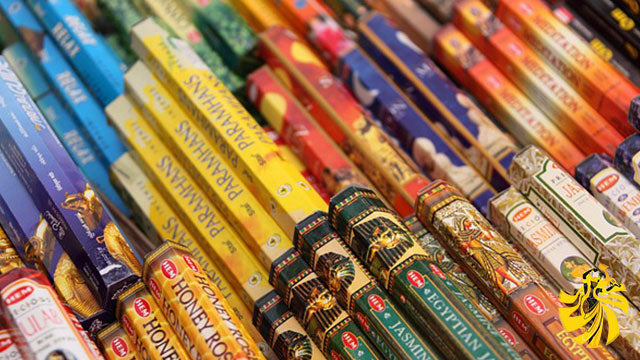
Dejar un comentario